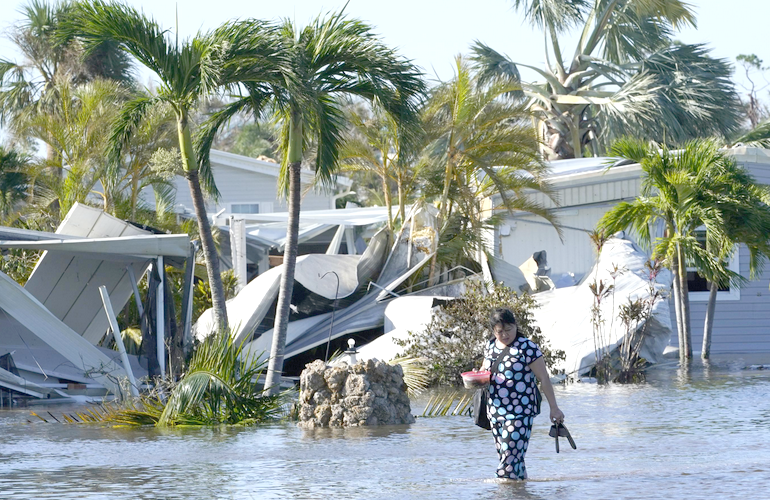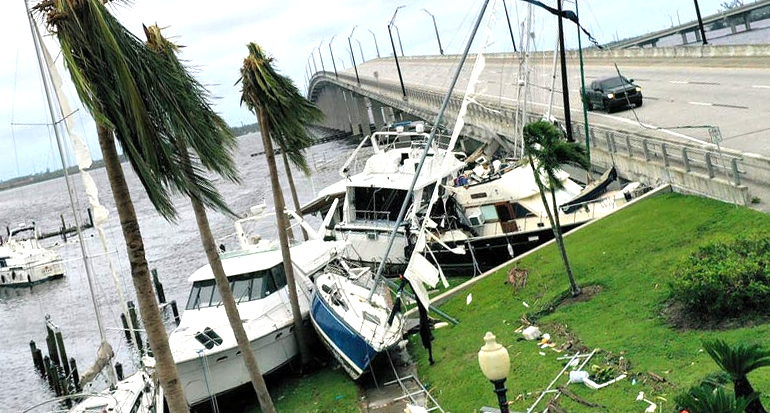
Losses stemming from Hurricane Ian, following several years of heightened catastrophe losses, have solidified the arrival of a hard market and dampened the influx of new capital from insurance-linked securities (ILS) investors, according to AM Best.
It notes that 2022 saw a mix of catastrophe events that varied by size, type and location. In addition to Hurricane Ian, major events included European windstorms, Australian floods, severe convective storms in France and Winter Storm Elliott.
At the same time, smaller catastrophe events have as much potential as large events to impact ILS transactions by eroding retentions on aggregate deals.
Some investors are holding steady in this asset class, but considering the heavy catastrophe losses of the last six years, sentiment among some ILS managers is that the supply of capital, particularly for aggregate reinsurance and retrocession, will remain tepid for some time despite high demand given the losses, along with inflation and lower asset valuations.
ILS managers have significantly diminished their appetite for aggregate covers that reinsure the accumulation of multiple loss events
Emmanuel Modu, managing director, insurance-linked securities, AM Best
In some instances, they are structuring deals to exclude secondary perils that generate small and medium-sized losses. This shift is causing more of these risks to remain on primary insurers’ balance sheets.
ILS managers and traditional reinsurers have fully accepted that raising rates alone cannot improve underwriting outcome.

Consequently, the ILS and reinsurance industries accelerated their efforts not only to push for higher rates at the 1 January 2023 renewals, but also for better terms and conditions on coverage features such as per-event caps in aggregate covers, higher attachment points and other coverage features.
Market participants, including the ILS managers AM Best interviewed, routinely cited that the overall average risk-adjusted rate increase was approximately 50% in the United States and about 30% to 40% in Europe
Wai Tang, senior director, insurance-linked securities, AM Best
Unlike the prior year, price increases for loss-affected and non-loss-affected areas were substantive, with smaller but surprising spikes for non-loss-affected areas. This speaks to the fact that capital supply is indeed an issue for the reinsurance market.
The catastrophe bond market remains one of the bright spots in the ILS market, with higher risk-adjusted multiples. However, the report notes that issuance in the 144A cat bond market came to approximately $9.4 billion, down from a record $12.5 billion in 2021.
Additionally, issuance volume in second half 2022 reflected the capacity shortage following Hurricane Ian, when issuance volume constituted only 15% of the total 2022 annual amount.
by Yana Keller




